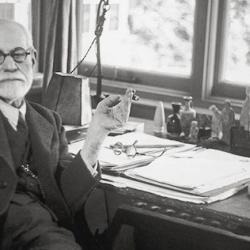Alexander Leggatt (King Lear) captures the oddity of King Lear by calling attention to the blunt physicality of the play: “The tortured body is a recurring image. . . . According to J.I.M. Stewart, ‘The blinding of Gloucester represents a sort of crystallizing of this element of physical outrage which the imagery holds so massively in suspension throughout the play.’ What was only talked about is now seen. But even a reader can feel the physical horror of the scene in the language: ‘Bind fast his corky arms’; ‘Out, vile jelly’ . . . In language and action this is an intensely physical play” (12–13).
Yet, it’s physicality is not the honorable, dignified physicality of tragedy, not the “spectacular violence of war.” Instead “we seem to be watching the playground violence of children: striking, tripping, kicking. Instead of the epic clash of armies, which Shakespeare’s theatre could suggest by exciting hand-to-hand combat, we are watching the low, undignified essence of violence, the hard, angry striking of body against body. There is a concentration, too, on the lower body: the tripping of Oswald, the stocking of Kent and Cornwall’s ‘Upon these eyes of thing I’ll set my foot’ . . . In Macbeth the language of violence is moral and poetic; in King Lear it is physical” (13).
Physical, and comic. The beatings on stage resemble nothing so much as Comedy of Errors, the plays of Plautus, or the comedies of Aristophanes. What Lear gives us is not a story told first as tragedy, then as farce. It is farcical tragedy, tragedy deflated by slapstick violence, all the more horrifying for being slapstick.











